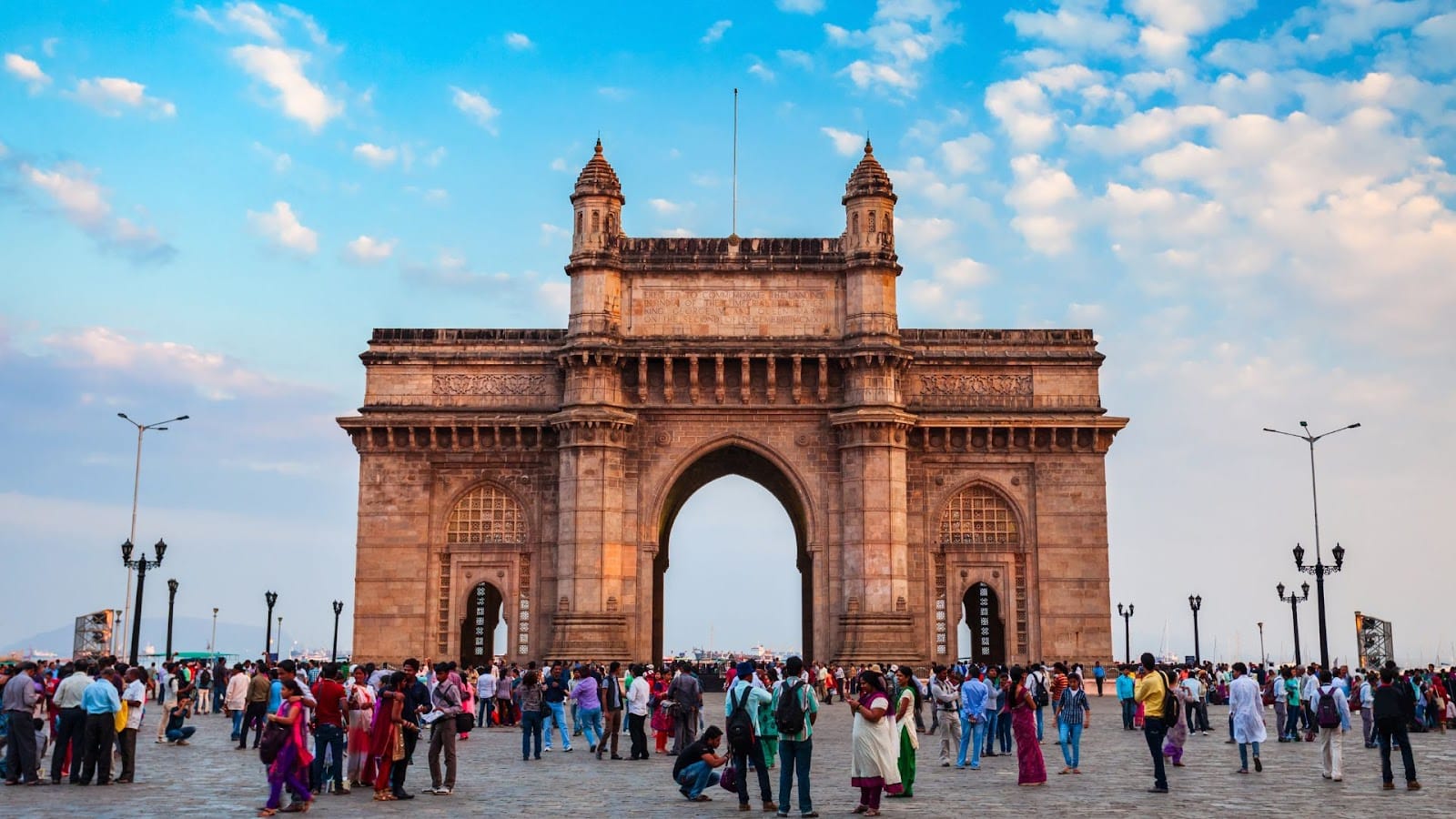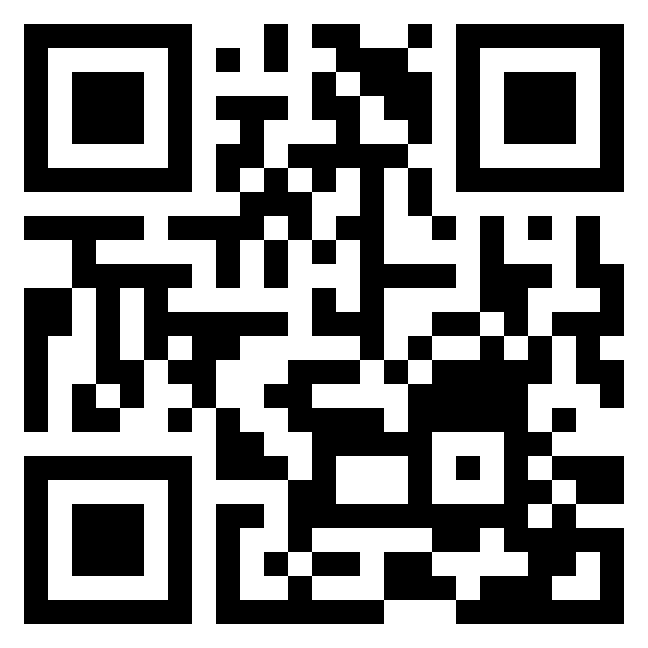Find Major Airports in Japan
Japan boasts several international airports, each offering distinctive features, amenities, and services tailored to travelers’ needs. Budget-conscious travelers can make the most of their trip by exploring these airports’ efficient public transportation options.
To ensure a seamless and cost-effective journey from the airport to your desired destination, it’s essential to acquaint yourself with these major gateways:
Narita Airport (NRT)
Narita Airport in Chiba serves as the primary international gateway to Tokyo, offering excellent transportation connections, including the Narita Express and express buses, for easy access to the city. Travelers can choose from these convenient options to reach central Tokyo within approximately an hour.
Haneda Airport (HND)
Haneda Airport, located closer to Tokyo, is renowned for its efficiency and convenience, making it a popular choice for travelers. It offers a wide array of shopping, dining, and transportation options, including the speedy Skyliner and Monorail services, ensuring a seamless travel experience.
Kansai International Airport (KIX)
Kansai International Airport, situated on an artificial island, serves as a vital hub connecting Asia and Australia, facilitating international travel in the region. Travelers can enjoy duty-free shopping and convenient access to central Osaka through direct train links.
Chubu Centrair International Airport (NGO)
Chubu Centrair International Airport, located on an artificial island in Ise Bay, is a first-class international gateway serving the Chubu region of Japan. Travelers can easily access central Nagoya via efficient rail connections, enjoy diverse shopping and dining options, and experience the modern facilities of the airport.
Fukuoka Airport (FUK)
Fukuoka Airport, situated in Hakata-ku, Fukuoka, serves as the primary airport for Kyushu Island. It offers convenient access to central Fukuoka via the Fukuoka-kuko subway station, with a quick 5 to 15-minute journey to key areas like Hakata and Tenjin. Renowned for its efficiency and accessibility from downtown Fukuoka, the airport ranks as the fourth busiest passenger airport in Japan and is surrounded by residential neighborhoods.
Flights to Japan Snapshot
Economy Class

TOTAL NUMBER OF ECONOMY CLASS DEALS TO Japan IN THE LAST MONTH
22

AVERAGE ONEAIR INTERNATIONAL ECONOMY ROUNDTRIP DEAL TO Japan
$858
Business Class

TOTAL NUMBER OF BUSINESS CLASS DEALS TO Japan IN THE LAST MONTH
14

AVERAGE ONEAIR INTERNATIONAL BUSINESS CLASS ROUNDTRIP DEAL TO Japan
$2945
The Cheapest Time to Fly to Japan
Timing your trip to Japan strategically can save you money and enhance your experience. The cheapest time to fly to Japan is during the shoulder seasons of late spring (April to June) and fall (September to November).
These periods offer budget-friendly flights and milder weather with fewer tourists. Avoid peak seasons like cherry blossom season, Obon, and New Year for more affordable travel.

Cheapest months to fly
Jan-Mar

Most Expensive Months to Fly
Jun-Jul
Compare Prices
Here’s a breakdown of the prices of plane tickets to Japan
No Data Found
Frequently Asked Questions
When is the cheapest time to fly to Japan
Timing your trip to Japan strategically can save you money and enhance your experience. The cheapest time to fly to Japan is during the shoulder seasons of late spring (April to June) and fall (September to November).
These periods offer budget-friendly flights and milder weather with fewer tourists. Avoid peak seasons like cherry blossom season, Obon, and New Year for more affordable travel.
In addition, Japan hosts a multitude of festivals, or ‘matsuri,’ throughout the year, which can affect travel plans and lead to higher costs. These are some notable events that can impact flight availability and prices:
- Sapporo Snow Festival: The Sapporo Snow Festival is a famous annual event held in Sapporo, the capital of Hokkaido, drawing nearly two million visitors from around the globe during February. Witnessing the city transformed by incredible snow and ice sculptures that light up the night is certainly a worthwhile experience.
- Omizutori: Omizutori is a traditional event held in March at Todai-ji Temple in Nara, a city rich in ancient history. The event, also known as the Water-Drawing Festival, heralds the arrival of spring and features captivating fire ceremonies that create a truly breathtaking spectacle.
- Gion Matsuri: Gion Matsuri, held in Kyoto in July, is one of Japan’s most renowned festivals. It offers an astounding display of traditional Japanese culture, including stunning processions of historical floats, vibrant costumes, and captivating street performances.
- Hakata Gion Yamakasa: Hakata Gion Yamakasa is a centuries-old festival located in Fukuoka city, celebrated in the first half of July. Known for its unique tradition where teams of men race through the city carrying elaborate and heavy floats, this festival provides an unforgettable cultural experience.
- Chichibu Night Festival: The Chichibu Night Festival, held in early December in Chichibu, Saitama Prefecture, is considered one of Japan’s top three festivals featuring floats. It features a grand procession of ornate floats and a stunning fireworks display.
Can I get a direct flight to Japan?
Yes, direct flights to Japan are available from several major cities in the United States. These include but are not limited to Los Angeles, San Francisco, Dallas, Chicago, and New York. Airlines such as American Airlines, Delta, United, and Japan Airlines offer these direct services.
What's the cheapest city to fly into in Japan?
The cheapest city to fly into in Japan typically tends to be Tokyo. However, it is always a good practice to compare prices before booking, as deals and prices can fluctuate based on various factors like the time of booking and the season.
Which is the cheapest airport to fly into in Japan?
Tokyo has two major international airports – Narita and Haneda – which are serviced by a multitude of airlines. Narita Airport in Chiba is the primary international gateway, well-connected to Tokyo via the Narita Express and buses. Because of the high amount of traffic Tokyo Narita airport receives, it offers the cheapest overall flights among other airports.
How long is a flight to Japan?
The duration of flights varies depending on your departure and arrival airports in the United States and Japan. For instance, a flight from Los Angeles to Tokyo Narita averages around 11 hours and 5 minutes, while a flight from Miami to Tokyo Narita takes approximately 19 hours and 25 minutes.
How much is a flight to Japan?
Flight costs to Japan can fluctuate based on the airline, season, and departure point. Simplify the process by letting OneAir AI do the heavy lifting – compare prices effortlessly across various airlines to secure the best deals with OneAir AI.























